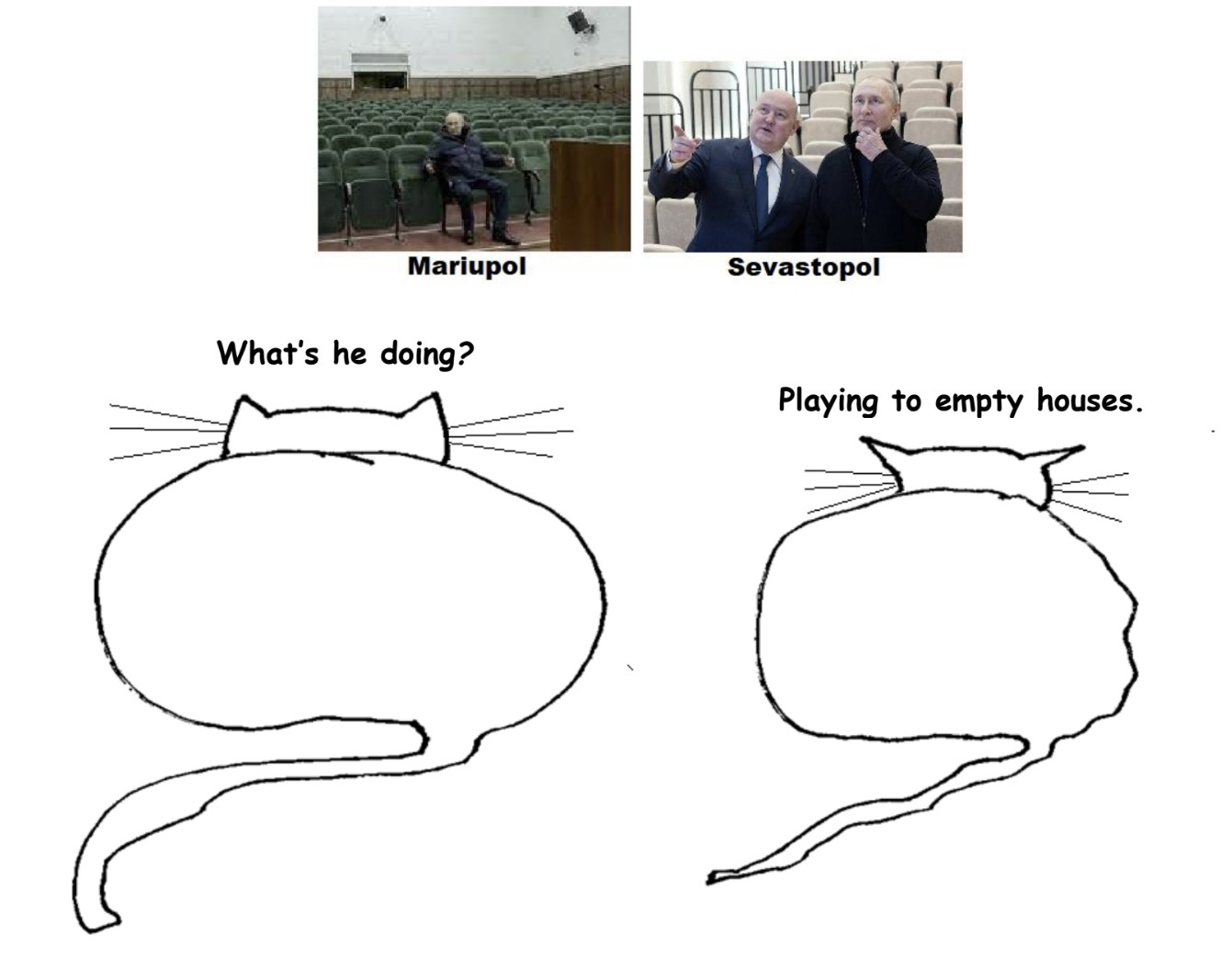by Eric Bies
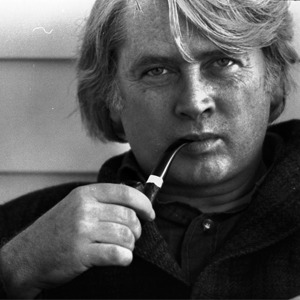 On the night of July 13, 1977, the old god Zeus roused from his slumber with a scratchy throat. Reaching drowsily for the glass by his bedside, his arm knocked a handful of thunderbolts from the nightstand. Swift and white, they rattled across the floor to the mountain’s, his home’s, precipitous edge: off they rolled and dropped to plummet through the dark. That night, great projectiles of angular light splashed against and extinguished New York City’s billion fluorescent eyes.
On the night of July 13, 1977, the old god Zeus roused from his slumber with a scratchy throat. Reaching drowsily for the glass by his bedside, his arm knocked a handful of thunderbolts from the nightstand. Swift and white, they rattled across the floor to the mountain’s, his home’s, precipitous edge: off they rolled and dropped to plummet through the dark. That night, great projectiles of angular light splashed against and extinguished New York City’s billion fluorescent eyes.
A week later, John Gardner turned 44—a fortuitous number, for the American novelist and medievalist was on a roll. That year alone he was set to see the publication of two children’s books, a collection of short stories, a work of criticism, and a biography. Six years had passed since the release of a short novel, Grendel, his ingenious Frankenstein-ing of the Beowulf myth that is read in American high schools to this day. Eleven years later, at the age of 49, Fate would see fit to fling him from his motorcycle and strike him dead. But first, in 1977, he had to publish his Life and Times of Chaucer. Owing to novelistic tendencies, the work has probably received more admiration from laymen than academics (rather redemptive as far as literary legacies go, actually). It is one of those books, unhampered by its erudition, that is a joy to read all the way through to the bitter end, and its final paragraph, as Steve Donoghue has pointed out, remains one of the strangest, strongest, and most memorable deathbed scenes in our literature:
When he finished he handed the quill to Lewis. He could see the boy’s features clearly now, could see everything clearly, his “whole soul in his eyes”—another line out of some old poem, he thought sadly, and then, ironically, more sadly yet, “Farewell my bok and my devocioun!” Then in panic he realized, but only for an instant, that he was dead, falling violently toward Christ.
The “bok” to which Chaucer says his goodbye is, of course, The Canterbury Tales. Had he had the time, Chaucer would have gladly doubled the length of his book. Who knows what he must have truly felt to take leave of his Knight, his Miller, his Pardoner, his Monk? Readers of this magnificent story cycle will readily sympathize. For even a writer as self-assured as Chaucer could not have anticipated how well and how dearly his countrymen would come to know his characters. The fact that the book remained unfinished at the time of his death did practically nothing to impede its momentous rise. Thankfully, just sixteen years after Chaucer fell violently toward Christ, England got its Gutenberg. When William Caxton set up press in Westminster, the first pages he printed were wet with the ink of Chaucer’s quill. Read more »
 We environmentalists spend our lives thinking about ways the world will end. There’s nowhere that I see doomer culture more vocal than on my home turf.
We environmentalists spend our lives thinking about ways the world will end. There’s nowhere that I see doomer culture more vocal than on my home turf.
 Researchers have discovered an entirely new kind of taste receptor that allows fruit flies (Drosophila melanogaster) to detect alkaline substances — those that have a high pH — and avoid toxic meals and surfaces. Finding a new taste receptor in such a well-studied animal is unexpected, says Emily Liman, a neurobiologist at the University of Southern California in Los Angeles. “I found it quite surprising that there is this whole new type of taste,” says Liman. “It is really beautiful work.” The discovery, published in Nature Metabolism this week
Researchers have discovered an entirely new kind of taste receptor that allows fruit flies (Drosophila melanogaster) to detect alkaline substances — those that have a high pH — and avoid toxic meals and surfaces. Finding a new taste receptor in such a well-studied animal is unexpected, says Emily Liman, a neurobiologist at the University of Southern California in Los Angeles. “I found it quite surprising that there is this whole new type of taste,” says Liman. “It is really beautiful work.” The discovery, published in Nature Metabolism this week When still a boy, Forrest Reid saw Oscar Wilde in Belfast.
When still a boy, Forrest Reid saw Oscar Wilde in Belfast. Welcome to another episode of Sean Carroll’s Mindscape. Today, we’re joined by Raphaël Millière, a philosopher and cognitive scientist at Columbia University. We’ll be exploring the fascinating topic of how artificial intelligence thinks and processes information. As AI becomes increasingly prevalent in our daily lives, it’s important to understand the mechanisms behind its decision-making processes. What are the algorithms and models that underpin AI, and how do they differ from human thought processes? How do machines learn from data, and what are the limitations of this learning? These are just some of the questions we’ll be exploring in this episode. Raphaël will be sharing insights from his work in cognitive science, and discussing the latest developments in this rapidly evolving field. So join us as we dive into the mind of artificial intelligence and explore how it thinks.
Welcome to another episode of Sean Carroll’s Mindscape. Today, we’re joined by Raphaël Millière, a philosopher and cognitive scientist at Columbia University. We’ll be exploring the fascinating topic of how artificial intelligence thinks and processes information. As AI becomes increasingly prevalent in our daily lives, it’s important to understand the mechanisms behind its decision-making processes. What are the algorithms and models that underpin AI, and how do they differ from human thought processes? How do machines learn from data, and what are the limitations of this learning? These are just some of the questions we’ll be exploring in this episode. Raphaël will be sharing insights from his work in cognitive science, and discussing the latest developments in this rapidly evolving field. So join us as we dive into the mind of artificial intelligence and explore how it thinks. The run on Silicon Valley Bank (SVB) – on which
The run on Silicon Valley Bank (SVB) – on which 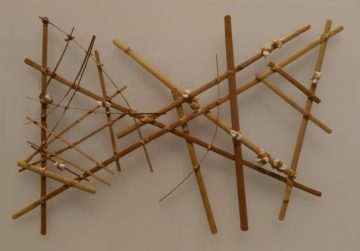 Wave charts aren’t maps so much as mnemonic devices. They’re not brought on board in order to navigate; rather, the navigator makes them as a personal reference, studying them while on land and bringing that knowledge onto the sea. There were
Wave charts aren’t maps so much as mnemonic devices. They’re not brought on board in order to navigate; rather, the navigator makes them as a personal reference, studying them while on land and bringing that knowledge onto the sea. There were 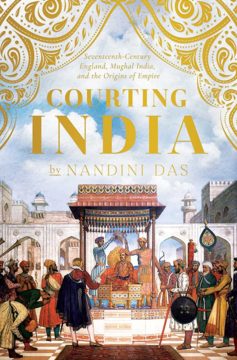 Pity Sir Thomas Roe. He was sent to India in February 1615 by James I as the first English ambassador to the fabulously glamorous Mughal court – a privilege and an extraordinary opportunity, one might think. But diplomats in the 17th century, in Europe at least, were woefully underpaid and were expected to make up any shortfall out of their own pockets in anticipation of a refund on their return. The amount reimbursed was at the whim of the monarch, who might be grateful for their years of travail but might just as easily be disappointed or no longer interested. It is a measure of their unrealistic expectations that the East India Company, formed only fifteen years before Roe set off on the hazardous six-month voyage to India and partial sponsors of his expedition, imagined that the ‘Grand Mogore’ might be persuaded to give Roe an allowance, enabling him to return their investment in him.
Pity Sir Thomas Roe. He was sent to India in February 1615 by James I as the first English ambassador to the fabulously glamorous Mughal court – a privilege and an extraordinary opportunity, one might think. But diplomats in the 17th century, in Europe at least, were woefully underpaid and were expected to make up any shortfall out of their own pockets in anticipation of a refund on their return. The amount reimbursed was at the whim of the monarch, who might be grateful for their years of travail but might just as easily be disappointed or no longer interested. It is a measure of their unrealistic expectations that the East India Company, formed only fifteen years before Roe set off on the hazardous six-month voyage to India and partial sponsors of his expedition, imagined that the ‘Grand Mogore’ might be persuaded to give Roe an allowance, enabling him to return their investment in him.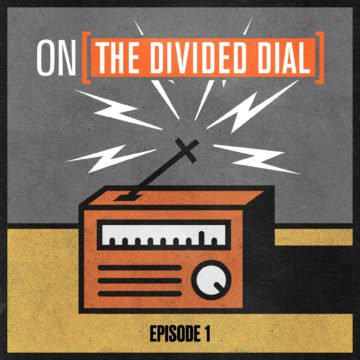 A recent podcast series digs into the beginnings of conservative talk radio and tracks its rise. NPR’s Steve Inskeep talks to Katie Thornton, the host of “The Divided Dial.”
A recent podcast series digs into the beginnings of conservative talk radio and tracks its rise. NPR’s Steve Inskeep talks to Katie Thornton, the host of “The Divided Dial.”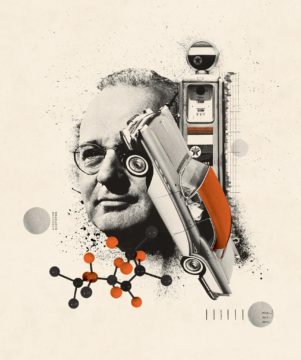 It was said that Thomas Midgley Jr. had the finest lawn in America. Golf-club chairmen from across the Midwest would visit his estate on the outskirts of Columbus, Ohio, purely to admire the grounds; the Scott Seed Company eventually put an image of Midgley’s lawn on its letterhead. Midgley cultivated his acres of grass with the same compulsive innovation that characterized his entire career. He installed a wind gauge on the roof that would sound an alarm in his bedroom, alerting him whenever the lawn risked being desiccated by a breeze. Fifty years before the arrival of smart-home devices, Midgley wired up the rotary telephone in his bedroom so that a few spins of the dial would operate the sprinklers.
It was said that Thomas Midgley Jr. had the finest lawn in America. Golf-club chairmen from across the Midwest would visit his estate on the outskirts of Columbus, Ohio, purely to admire the grounds; the Scott Seed Company eventually put an image of Midgley’s lawn on its letterhead. Midgley cultivated his acres of grass with the same compulsive innovation that characterized his entire career. He installed a wind gauge on the roof that would sound an alarm in his bedroom, alerting him whenever the lawn risked being desiccated by a breeze. Fifty years before the arrival of smart-home devices, Midgley wired up the rotary telephone in his bedroom so that a few spins of the dial would operate the sprinklers. Two weeks ago, outside a coffee shop near Los Angeles, I discovered a beautiful creature, a moth. It was lying still on the pavement and I was afraid someone might trample on it, so I gently picked it up and carried it to a clump of garden plants on the side. Before that I showed it to my 2-year-old daughter who let it walk slowly over her arm. The moth was brown and huge, almost about the size of my hand. It had the feathery antennae typical of a moth and two black eyes on the ends of its wings. It moved slowly and gradually disappeared into the protective shadow of the plants when I put it down.
Two weeks ago, outside a coffee shop near Los Angeles, I discovered a beautiful creature, a moth. It was lying still on the pavement and I was afraid someone might trample on it, so I gently picked it up and carried it to a clump of garden plants on the side. Before that I showed it to my 2-year-old daughter who let it walk slowly over her arm. The moth was brown and huge, almost about the size of my hand. It had the feathery antennae typical of a moth and two black eyes on the ends of its wings. It moved slowly and gradually disappeared into the protective shadow of the plants when I put it down. Philosopher Harry Frankfurt is best known for his article-turned-manuscript On Bullshit, in which he distinguishes between lying and bullshitting. Most of us are raised to condemn liars more than bullshit artists, but Frankfurt makes the claim that we’ve all got it backwards. His argument is philosophical, rather than scientific, which means observable evidence is hard to come by, but recent political events have filled the gap.
Philosopher Harry Frankfurt is best known for his article-turned-manuscript On Bullshit, in which he distinguishes between lying and bullshitting. Most of us are raised to condemn liars more than bullshit artists, but Frankfurt makes the claim that we’ve all got it backwards. His argument is philosophical, rather than scientific, which means observable evidence is hard to come by, but recent political events have filled the gap.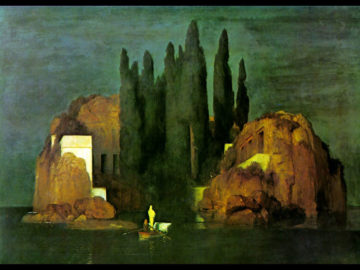
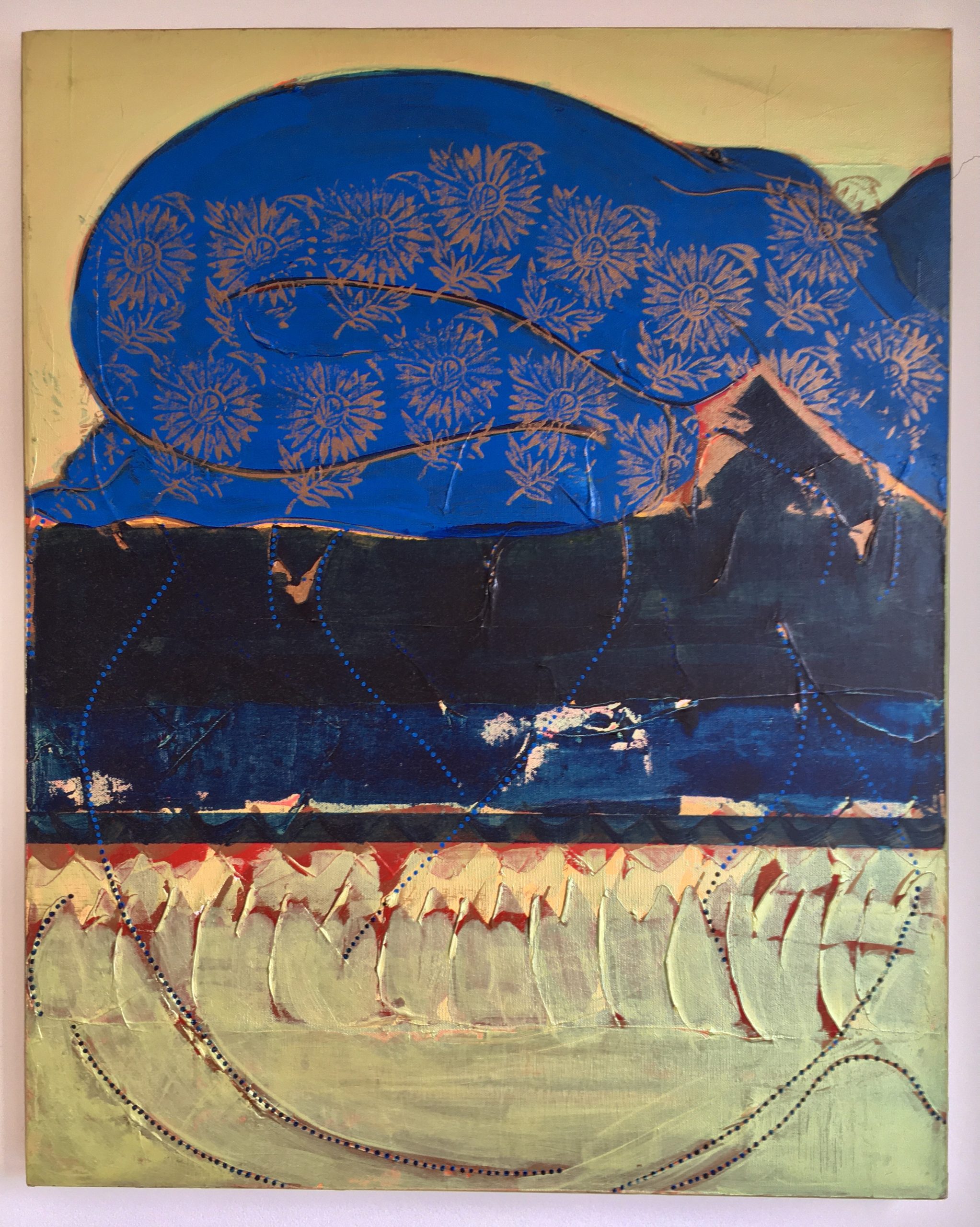 Sughra Raza. Untitled. Cambridge, 1999-2000.
Sughra Raza. Untitled. Cambridge, 1999-2000. Having
Having 
 On the night of July 13, 1977, the old god Zeus roused from his slumber with a scratchy throat. Reaching drowsily for the glass by his bedside, his arm knocked a handful of thunderbolts from the nightstand. Swift and white, they rattled across the floor to the mountain’s, his home’s, precipitous edge: off they rolled and dropped to plummet through the dark. That night, great projectiles of angular light splashed against and extinguished New York City’s billion fluorescent eyes.
On the night of July 13, 1977, the old god Zeus roused from his slumber with a scratchy throat. Reaching drowsily for the glass by his bedside, his arm knocked a handful of thunderbolts from the nightstand. Swift and white, they rattled across the floor to the mountain’s, his home’s, precipitous edge: off they rolled and dropped to plummet through the dark. That night, great projectiles of angular light splashed against and extinguished New York City’s billion fluorescent eyes.